Related Voices

India means Innovation: Case Study Podcast with Applied Materials
Dr. Suraj Rengarajan, Head of Semiconductor Products Group - Applied Materials India. In this inaugural episode of India means Innovation: Case Study Podcast, Aditya Nath Jha chats with Suraj Rengarajan, Head of Semiconductor at Applied Materials, Bangalore, to explore the Digital Lithography Tool. This groundbreaking technology enables rapid reconfiguration to achieve desired patterns on wafers or substrates in a cost-effective and efficient manner.

How Nestlé India Is Harnessing AI to Turn Data Into Powerful Foresight, Not Just Insight
In this episode of Nasscom Conversation, we speak with Suresh Narayanan, Chairman & Managing Director of Nestlé India Ltd., on leading through disruption in an AI-first world. In times marked by uncertainty, true leadership is defined by adaptability, vision, and the ability to inspire. How can leaders build trust, navigate complexity, and future-proof their organizations? What does it take to balance human ingenuity with AI-driven efficiency—while nurturing a culture of continuous learning and innovation?

India’s digital banking revolution: Balancing Innovation, Trust, and Security
In the latest episode of Nasscom Conversations, Piyush Gupta, CEO, DBS Group talks about India’s digital banking revolution. As digital banking and AI accelerate, we stand at the forefront of a financial transformation. But with AI-driven automation, deepfake threats, and hyper-personalized services, how do banks strike the right balance between innovation and security? Are we prepared for a future where trust is built through algorithms, and financial transactions are guided by digital agents?
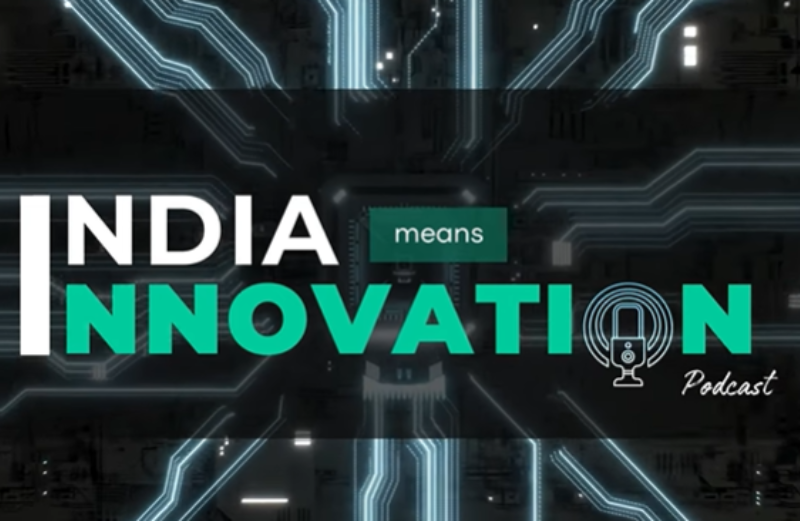
"India means Innovation" podcast episode: Innovation in the energy sector
Brandon Spencer, President, ABB Energy Industries shares insights on exciting challenges and opportunities in the energy transition with Snehil Gambhir, Partner Boston Consulting Group.
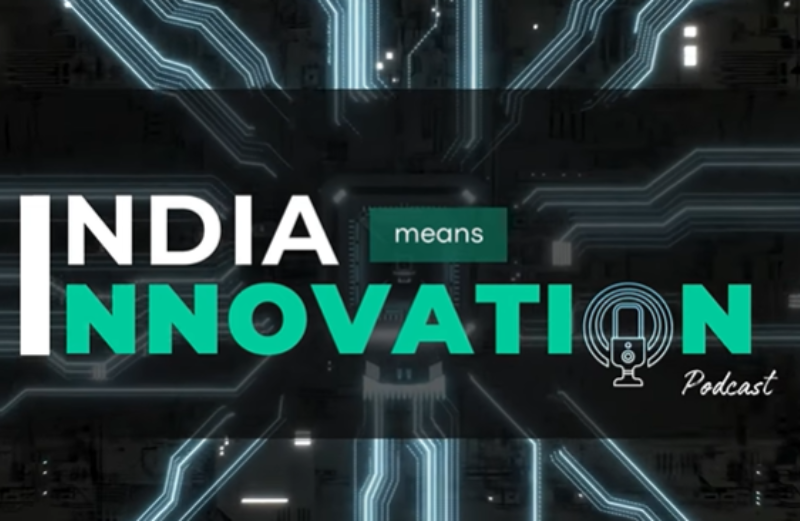
India Means Innovation
Nasscom, in collaboration with Boston Consulting Group (BCG), presents an exciting podcast series! Join industry leaders as they dive into the latest trends driving diverse industries, how the India's ER&D sector is innovating in India for the world.
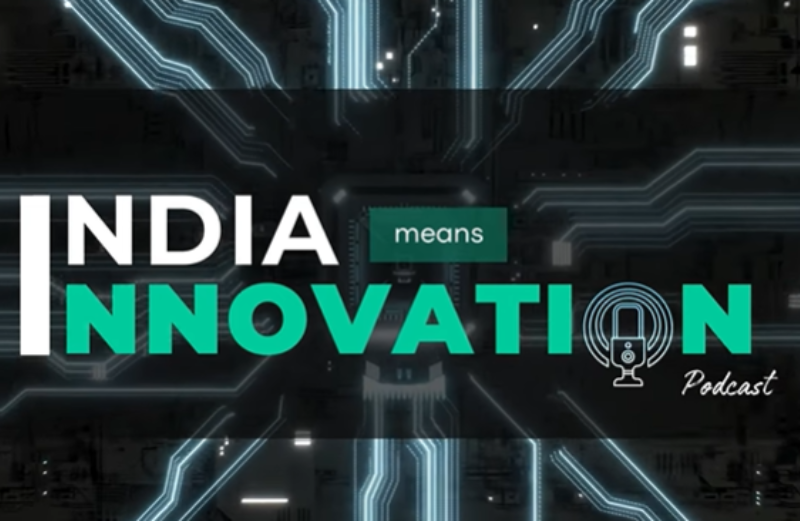
India Means Innovation podcast episode: Innovation in the Automotive sector
Nasscom, in collaboration with BCG, presents the #IndiaMeansInnovation podcast series, exploring the trends driving transformation across industries. In this Episode: Snehil Gambhir, Partner and Director at BCG, along with Gilles Mabire, CTO, Automotive & Head of Software and Central Technologies, Continental AG discuss different aspects of the evolving automotive industry, and how the convergence of technology trends and consumer preferences are transforming this industry. They also discuss the emerging software-defined vehicle trend at length and how this opens new opportunities for incumbent players and tech companies in general.
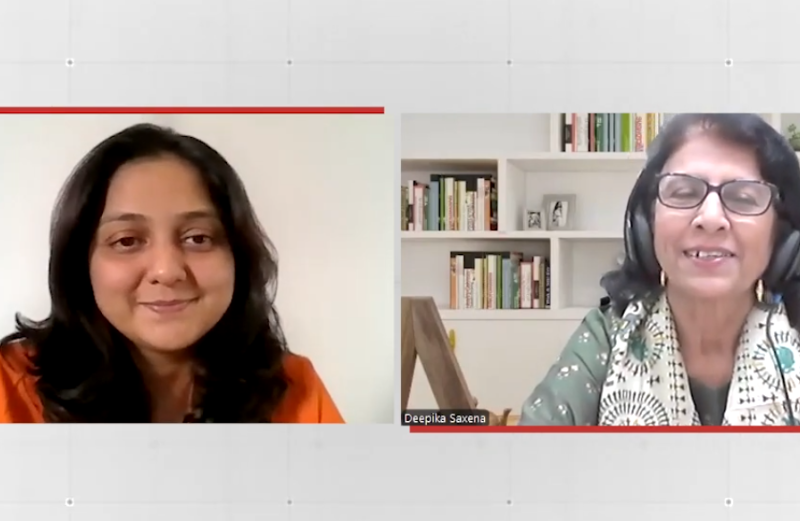
#shemeansbusiness: Spotlightighting Nasscom Member Leaders
Listen to the inspiring journey of Deepika Saxena, President and CEO of NetEdge Computing Solutions Pvt. Ltd., and a Nasscom member. With a bold vision to transform the hiring process, Deepika harnessed the power of AI and automation to bridge the gap bet
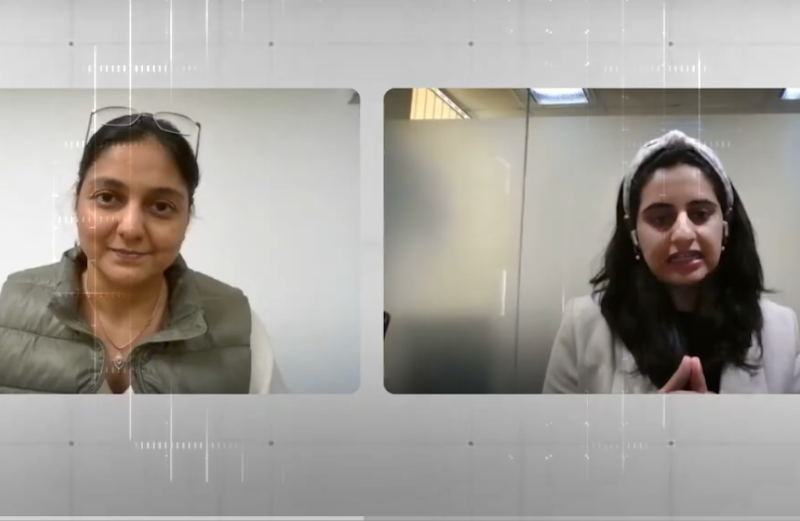
#shemeansbusiness: Spotlighting Nasscom Member Leaders
Vidushi Kapoor, CEO of Process Nine Technologies Pvt. Ltd. and Nasscom SME Council, shares her journey of driving innovation in language technology. With 15 years of expertise, she has made a mark in the Indian language industry, localization, and tech innovation.
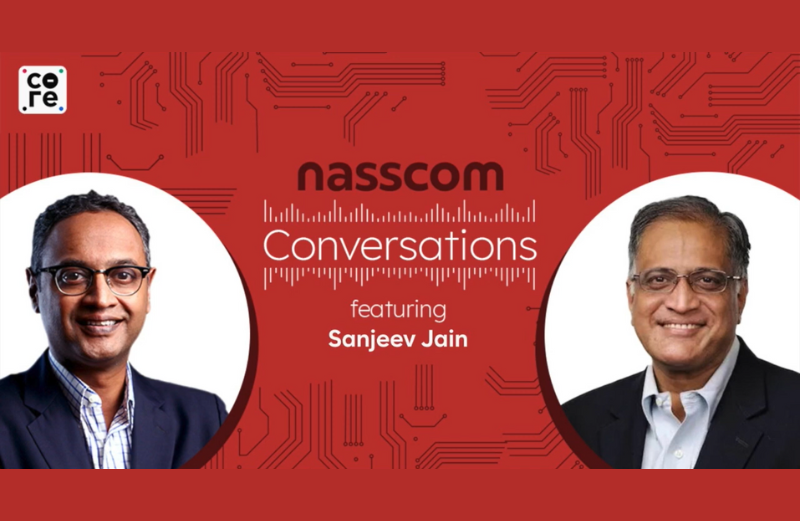
Building India’s AI Talent Ecosystem ft. Sanjeev Jain & Govind Ethiraj
From upskilling employees to driving innovation, AI is revolutionizing the way companies operate. In this episode, Sanjeev Jain, Member of the Executive Board and Chief Operating Officer at Wipro, explores India’s role as a global AI talent hub.
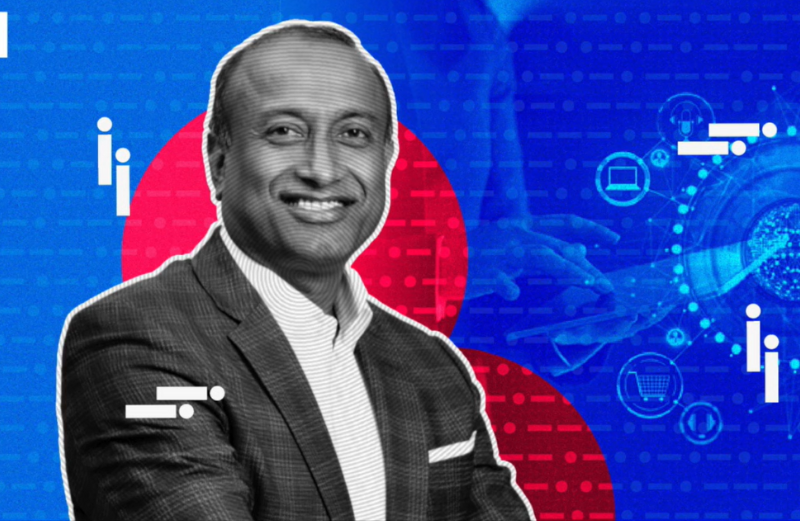
India’s Tech Future: Insights from Rajesh Nambiar, Nasscom | Govindraj Ethiraj
In this episode, Rajesh Nambiar, President of Nasscom, joins Govindraj Ethiraj to explore the transformative impact of AI on the traditional IT model.
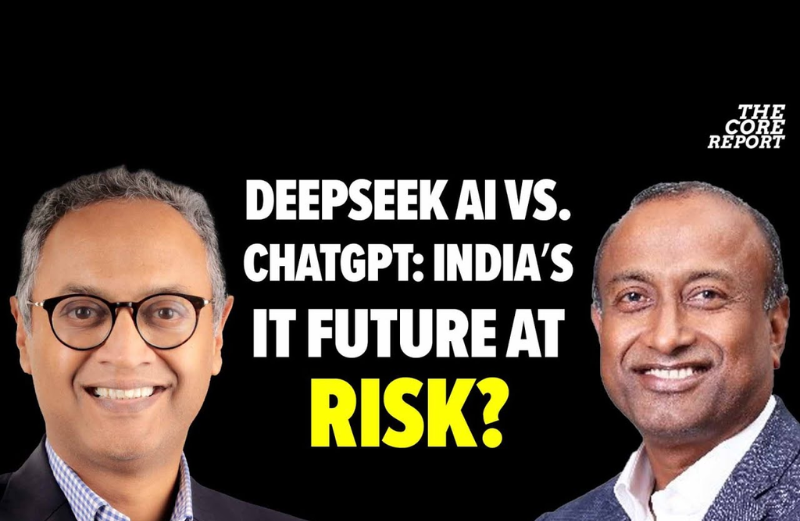
DeepSeek AI vs. ChatGPT: How India’s IT Sector Will Be Disrupted!
Nasscom President Rajesh Nambiar shared insights, while India’s finance ministry advised against using ChatGPT and DeepSeek over data security risks, similar to bans in Australia and Italy.
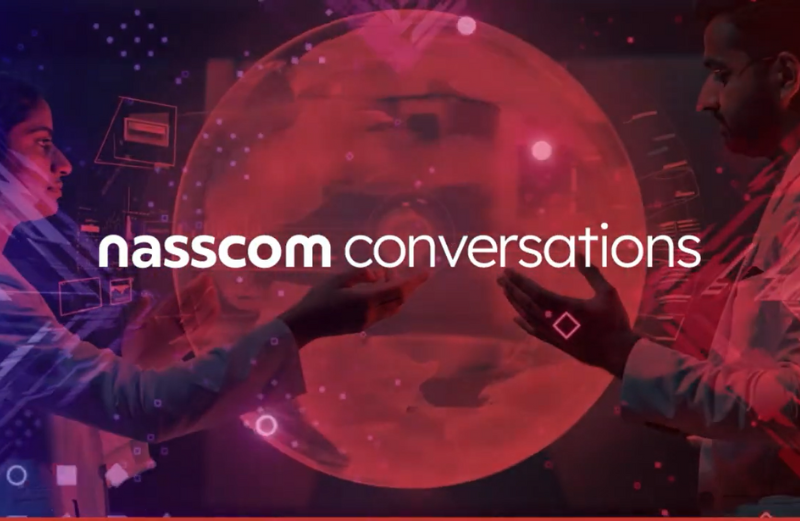
AI in Scientific Discovery & Ethics: Dr. Anima Anandkumar on the Future of AI
In this episode of nasscom Conversation, Dr. Anima Anandkumar, Bren Professor at Caltech, discusses the transformative role of AI in scientific discovery, ethical AI development, and AI-driven innovation.










